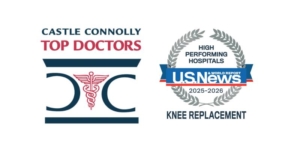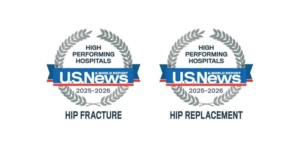All blog posts are written by and express the expert opinion of Dr. Leone. No information on this blog should be construed as medical advice, used for diagnosis or used to determine treatment. The reader is advised to seek out professional medical advice or make an appointment with Dr. Leone for a consultation.

G.E. Selects Holy Cross Hospital and The Leone Center for Orthopedic Care as a National Center of Excellence for Hip and Knee Replacement
General Electric/GE (NYSE: GE), one of the nation’s largest employers, has designated Holy Cross Hospital and The Leone Center for Orthopedic Care as a National Center of Excellence (COE) for hip and knee replacement surgery.
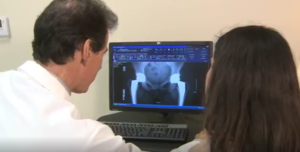
Frequent Reader Questions about Hip Dislocations and Problems
In my last Q&A blog post, I shared some of the most common reader questions about knee replacement surgery. Again, I will use a Q&A format to share some of the most-frequently asked questions and concerns relating to a hip dislocation or hip subluxation, a condition in which the hip joint is partially, but not fully, dislocated.

Dr. Leone Led Hip Section at the Second Annual Winter Orthopedic Symposium
Holy Cross Hospital’s Orthopedic Institute in conjunction with Massachusetts General Hospital recently hosted the Second Annual Winter Orthopedic Symposium in Fort Lauderdale, Florida. The two-day, nationally attended educational symposium included presentations on the latest advances in adult knee and hip arthroplasty, shoulder arthroplasty, joint preservation, advanced recovery and pain protocols.
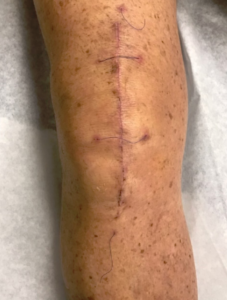
Use of a Subcuticular Suture to Close Hip and Knee Incisions and Instructions for Suture Removal
/
1 Comment
Many patients ask me questions about where I will place the incision and how it will be closed. While there are a variety of methods which surgeons commonly use, including sutures (also called stitches), staples and even glue, I choose to close with a single subcuticular (or intradermal) non-absorbable suture.

Steps You Can Take to Ensure the Best Result and Best Experience when Having a Hip or Knee Replacement
In a previous blog, “Why Joint Replacement Patients Are Getting Well so much Faster Today,” I described the reasons why patients are getting well so much faster today than even just a few years ago. This partially is due to new and improved surgical techniques and prosthetics, as well as better pain management and prevention strategies.
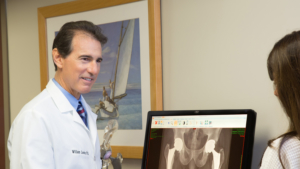
Multiple Hip, Knee and Back Pain Issues: Which To Treat First?
At The Leone Center for Orthopedic Care, I routinely see patients who present with pain and/or disability from arthritic disease in both hips or knees and sometimes a combination of hips and knees. Many of these same patients also have pain from back issues.
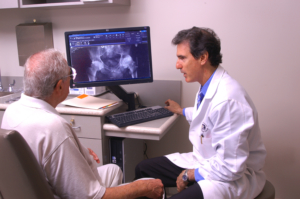
Frequent Reader Questions about Hip Replacement Surgery
Since beginning my joint replacement blog several years ago, I have received many comments and questions from readers on a variety of subjects and personal experiences. For this post, I will use a Q & A format to share some of the most-frequently asked questions and concerns about hip replacement surgery (THR).
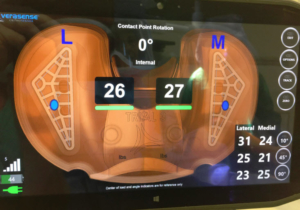
A Bad Total Knee Is Restored with the Use of an OrthoSensor Device
On June 29, 2016, I performed a really eloquent operation on a 55-year-old elementary school teacher from Nassau, Bahamas. I was so excited with how the case worked out for her that I decided to share the experience in a short blog.
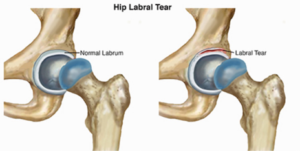
An Updated Look at the Effectiveness of Hip Arthroscopy: Who is a good candidate?
Arthroscopy is a surgical technique that has revolutionized how some complex problems that develop in certain joints are treated, including the hip, knee, shoulder, ankle, elbow and wrist.

Hip Arthroscopy: Who is a Good Candidate?
Arthroscopy is a surgical technique that has revolutionized how some complex problems that develop in certain joints are treated, including the hip, knee, shoulder, ankle, elbow and wrist.
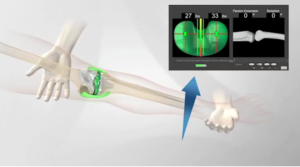
Using Sensor Technology to Diagnose and Precisely Correct TKR Failures During Revision Surgery
In the last of three blog posts on the topic of unsatisfactory results post-TKR (total knee replacement), I will discuss using kinematic sensor technology to help me more precisely diagnose and correct a painful TKR.
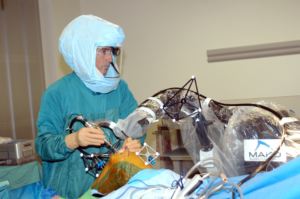
Poor Results after TKR Due to Infection: Diagnosis and Treatment
For the second of three blog posts about post-surgical complications and unsatisfactory results after total knee replacement (TKR), I will discuss the critical need to rule out infection and if present, how to treat it.

Correcting TKR Post-Surgical Complications and Unsatisfactory Results
In my previous blog post, I shared that one out of five people (approximately 20 percent) who undergo Total Knee Replacement (TKR) are not satisfied with the result. I discussed the methods we use to understand the exact cause/causes of unsatisfactory outcomes, in order to improve these results.
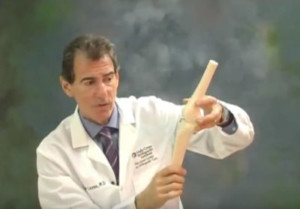
Pain and Discomfort after Total Knee Replacement Surgery: Signs TKR Has Failed
Total knee replacement (TKR) has been one of the most successful surgeries developed over the past century and has improved the quality of life for countless people.

Early Results Indicate the VERASENSE Knee System Is a Game Changer for Precision Balance During Total Knee Replacement
In a previous blog, I discussed that by using VERASENSE sensor-assisted technology, I see more consistently excellent results after total knee replacement (TKR) and revision TKR surgery.
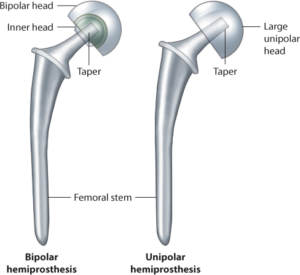
Why Partial Hip Replacements Fail and Determining when It’s Time to Covert to a Total Hip Replacement
In a previous blog, I discussed in detail the difference between partial and total hip replacements. Basically, a partial hip replacement (hemiarthroplasty) is performed to treat femoral neck fractures which are a type of hip fracture.
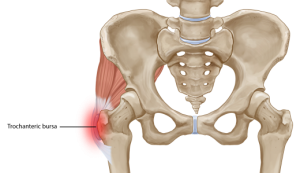
Greater Trochanteric Bursitis: A Common Cause of Hip Pain
One of the most common sources of hip pain is greater trochanteric bursitis caused by inflammation of the bursa, which is located at the outward curve of the femur (thighbone) where it meets the hip bone.

Why Joint Replacement Patients Are Getting Well So Much Faster Today
At The Leone Center for Orthopedic Care at Holy Cross Hospital, we see and treat people who have developed problems associated with their hips or knees.

Joint Replacement Surgery Q&A
In the third and final blog of my Q&A series, here are the most common questions I’m asked about joint replacement surgery, many focusing specifically on the knee.
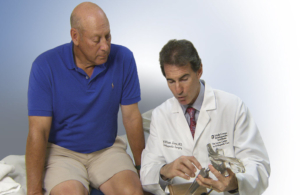
Hip and Knee Q&A: Common Questions about Joint Pain, Pain Management and Treatment
In the second of a three-part Q&A series about joints, here are some of the most common questions patients at The Leone Center for Orthopedic Care ask about hips and knees.

Joint Replacement Surgery for Osteoarthritis Q&A
As comments and very detailed questions from readers continue to be posted on my blog, it occurred to me that it was time to do a series of Q&A posts that talk about joints and why they deteriorate, as well as what treatments and surgeries are available today to get people back on their feet and enjoying a pain-free lifestyle.

Total Hip Replacement Surgery Can Restore an Active Sports Lifestyle
In several past blog posts, I have discussed how total hip replacement surgery (THR) has been a game changer, not only for some elderly patients who have lost mobility but for younger and older men and women who seek treatment to regain active and/or maintain a vigorous lifestyle.
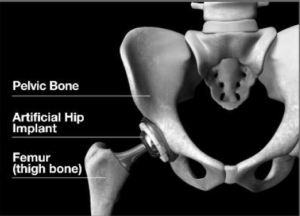
Poor Results after Hip Fracture Surgery Could Mean Infection
For this final post in the series I will discuss infection, which always must be considered after any type of surgery, especially when the surgical result was not as anticipated or acceptable.
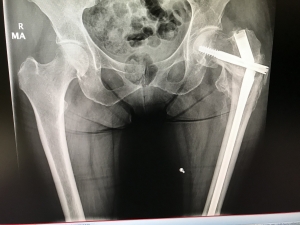
Caring for Patients Who Don’t Heal Optimally After Treatment for Hip Fractures
The strategies for treatment and prognosis often are very different. Fortunately, most people who break hips and are treated surgically do well. However, this isn’t the case for everyone and there are a variety of reasons for poor outcomes.
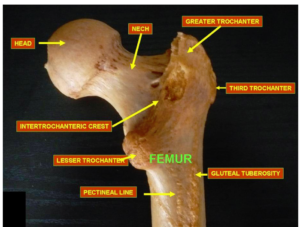
Understanding Hip Fractures: How These Breaks Differ and Why Recovery Can Be Challenging
Historically, hip fractures left patients crippled or even caused death due to lack of mobility and all its associated complications. Fortunately, this landscape is changing. Today, with the advances in prosthetics for hip replacement and hardware to repair fractures, not only have deaths been reduced, but people are getting back to active lifestyles.

Using Kinematic Sensor Technology for Revision Total Knee Replacement (TKR)
Occasionally, even when a TKR “looks good on paper,” more surgery is required to correct and improve the existing outcome. If TKR revision truly is necessary, then the specific reason for the failure must be understood fully before it can be corrected.

Age Is Not the Determining Factor in Joint Replacement Surgery
Two of the most common questions we receive at The Leone Center for Orthopedic Care are, “How old is too old to have joint replacement surgery?” and “How young is too young to have Joint replacement surgery?”

Sharing Informative Questions and Comments from Our Readers
At The Leone Center for Orthopedic care, my staff and I have created a number of online platforms to provide information and answer patient questions: via email at LeoneCenter@holy-cross.com, our comprehensive website, informational blog and video gallery, both on the website and on You Tube.
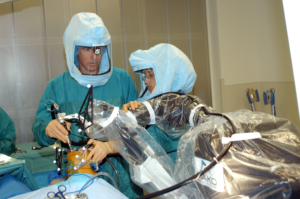
Two Computer Systems Improve Total Knee Replacement Surgery
New techniques and technologies have been developed, which include use of sophisticated computers and pressure sensors. These tools have vastly improved the consistency of achieving surgical goals by allowing us to recognize and correct subtleties in balancing the soft tissue sleeve and then optimize limb alignment.
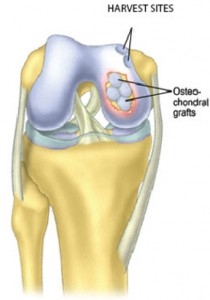
Leading Edge Strategies to Regenerate Hyaline Cartilage
My final blog in this series on biologic strategies for repairing joint damage focuses on leading edge treatments designed to stimulate the regeneration of new hyaline cartilage: Osteochondral Autograft Transplantation (OATS or Mosaicplasty), Osteochondral Allograft Transplantation, Autologous Chondrocyte Implantation (ACI) and Stem Cell and Tissue engineering.
Most Shared
 Hip and Knee Arthritis: Do PRP and Stem Cell Injections Work?July 25, 2025 - 9:57 am
Hip and Knee Arthritis: Do PRP and Stem Cell Injections Work?July 25, 2025 - 9:57 am Treat the Patient, Not the X-rays or ScansMay 7, 2025 - 7:24 am
Treat the Patient, Not the X-rays or ScansMay 7, 2025 - 7:24 am What’s Your Hip Replacement IQ? (First of a three-part series)March 13, 2024 - 7:38 pm
What’s Your Hip Replacement IQ? (First of a three-part series)March 13, 2024 - 7:38 pm Experience Matters When it Comes to Performing Joint Replacement SurgeryDecember 8, 2023 - 9:36 am
Experience Matters When it Comes to Performing Joint Replacement SurgeryDecember 8, 2023 - 9:36 am
Categories
- Approaches
- Awards
- Best Practices
- Cadera
- Complications
- Concierge
- Hip Conditions
- Hip Surgery
- joelho
- Knee Conditions
- Knee Surgery
- la Obesidad
- Most Shared
- News
- Pain Management
- Patient Concerns
- Philosophy
- Physical Activity Timeline
- Procedures
- Quadril
- Rodilla
- Surgical Techniques
- Technologies
- Uncategorized

